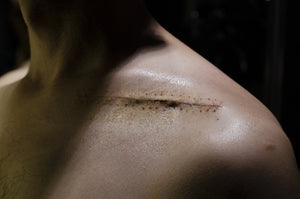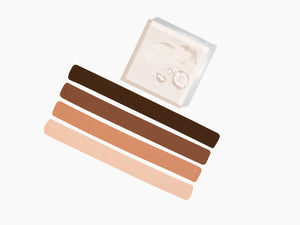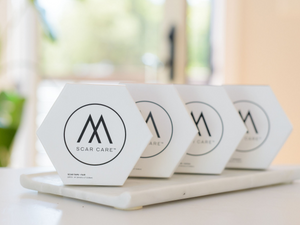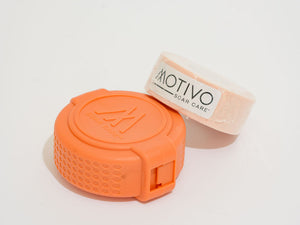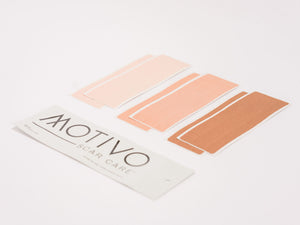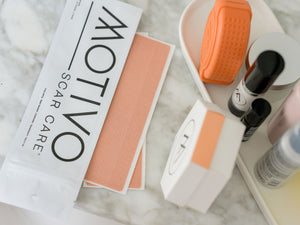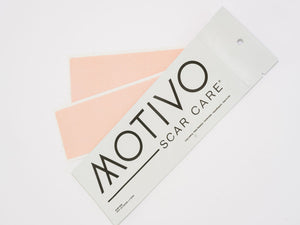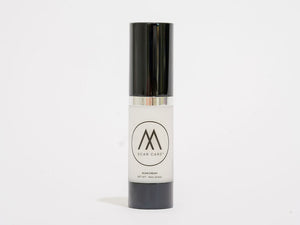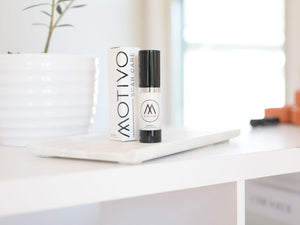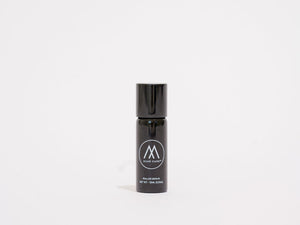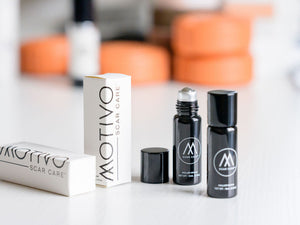Scar Care 101: Unveiling the Science of Effective Scar Treatment Options
Apr 02, 2024
Scars are a natural part of the healing process, but their appearance can sometimes be a cause for concern. With an overwhelming number of scar treatment options available, it can be challenging to determine which method is most effective for your unique situation. That's where understanding the science behind these treatments comes into play.
By delving deeper into the mechanisms of popular scar care methods, such as silicone sheets, creams, or gels, you'll be better equipped to make informed decisions about your scar care regimen.
In this educational article, we will explore the scientific basis for various scar treatments, providing valuable insight into their effectiveness and helping you tailor your approach according to your skin type, scar severity, and desired results. Read on to discover the fascinating world of scar care science and unlock the secrets to healthier, smoother skin.
1. Understanding the Scar Formation Process: The Science of Scarring
To comprehend the science behind effective scar treatment options, it is crucial to grasp the fundamentals of scar formation. Scarring occurs as a result of the body's natural response to trauma, such as injury, surgery, or inflammation. The reparative process involves three primary stages:
- Inflammation: The initial inflammatory response includes clot formation, which aids in controlling bleeding and attracting immune cells to combat potential infections.
- Proliferation: In this stage, new blood vessels, collagen fibers, and extracellular matrix components are formed to rebuild the damaged area.
- Remodeling: Over time, the scar matures, collagen fibers reorganize, and blood vessel density decreases, leading to a change in the scar's appearance.
2. Beyond the Surface: Types of Scars and Their Characteristics
Analyzing the effectiveness of scar treatments requires recognizing the different types of scars and understanding their specific characteristics. Here are four common scar types:
- Hypertrophic scars: These raised scars develop due to an overproduction of collagen fibers during the wound healing process. They generally remain within the boundary of the original wound.
- Keloid scars: Similar to hypertrophic scars, keloids also result from excessive collagen production and are raised but can extend beyond the original wound boundary.
- Atrophic scars: Primarily seen in cases of acne or chickenpox, atrophic scars develop when underlying collagen or fat tissue is lost, resulting in a sunken or pitted appearance.
- Contracture scars: These scars occur due to a tightening or shrinking of the skin and underlying tissue, often following burns or injuries affecting multiple skin layers.
3. Silicone Sheets and Gels: The Gold Standard in Scar Care
Silicone-based products, including sheets and gels, have long been considered the gold standard in scar treatment due to their proven efficacy in minimizing scar appearance. The science behind their effectiveness lies in the creation of an occlusive barrier that retains moisture within the scar tissue and normalizes collagen synthesis . This moisture-rich environment helps soften and flatten scar tissues, reducing itching and discomfort.
A systematic review published in the Journal of Plastic, Reconstructive & Aesthetic Surgery found silicone gel sheets to be an effective primary treatment for hypertrophic and keloid scars. Additionally, a study published in The Journal of Clinical and Aesthetic Dermatology revealed that silicone gel significantly reduced keloid and hypertrophic scar thickness and color within three months of treatment.
4. Topical Treatments: The Science Behind Over-the-Counter Scar Creams and Gels
A myriad of over-the-counter creams and gels claim to improve scar appearance, but understanding the science behind their active ingredients can help you decide which products are worth considering.
- Vitamin E: A popular ingredient in scar treatment formulations, vitamin E, mainly in the form of tocopherols, is a powerful antioxidant that can help prevent oxidative damage to the skin caused by free radicals. However, more extensive clinical trials are needed to validate its efficacy in scar management.
- Onion extract: Found in some gel preparations, onion extract is believed to possess anti-inflammatory and antimicrobial properties. A study published in the Journal of Clinical and Aesthetic Dermatology showed mixed results in onion extract's effectiveness in reducing keloid and hypertrophic scar appearance.
- Alpha hydroxy acids (AHAs): These naturally occurring acids, such as glycolic and lactic acids, may help improve scar texture by exfoliating the skin's outer layer. Studies have revealed that glycolic acid promotes an increase in collagen production, potentially improving scar appearance.
5. Advanced Scar Treatment Modalities: A Glimpse into High-Tech Solutions
For more severe scars or cases unresponsive to traditional treatments, advanced technologies and medical procedures may offer effective solutions. Here are a few examples of such treatments:
- Laser therapy: By emitting focused light pulses into the scar, laser therapy treatments stimulate collagen production, remodel scar tissue, and promote a smoother appearance. A study in the Journal of Cosmetic Dermatology showed significant improvements in scar appearance following non-ablative fractional laser treatment.
- Steroid injections: Corticosteroid injections may be used to reduce inflammation and collagen production, especially in hypertrophic and keloid scars. Research published in Dermatologic Surgery found that intralesional steroids, primarily triamcinolone acetonide, could effectively flatten and improve scar appearance.
The science behind effective scar treatment options underscores the importance of understanding the intricacies of different treatments and their impact on scar tissue. By delving into this realm of knowledge, you can make informed decisions about your scar care regimen and optimize your path to healthier, smoother skin.
Embrace the Science of Scar Care with Motivo
Understanding the science behind effective scar treatments such as silicone sheets, over-the-counter creams, and advanced modalities is essential in navigating your scar care journey. By being well-informed about the mechanisms of scar formation, types of scars, and the effectiveness of various treatment options, you can make educated choices that cater to your specific needs and optimize your results.
At Motivo Scar Care, we are committed to helping you make the best decisions for your skin's health. Explore our range of scientifically-backed, innovative scar care products suitable for different skin types, scar conditions, and personal preferences. Let us be your partner on your path toward healthier, smoother skin as you unlock the secrets behind effective scar treatments with Motivo.

